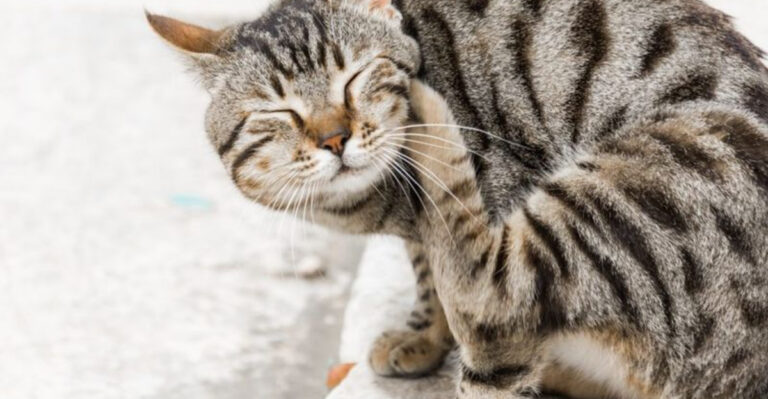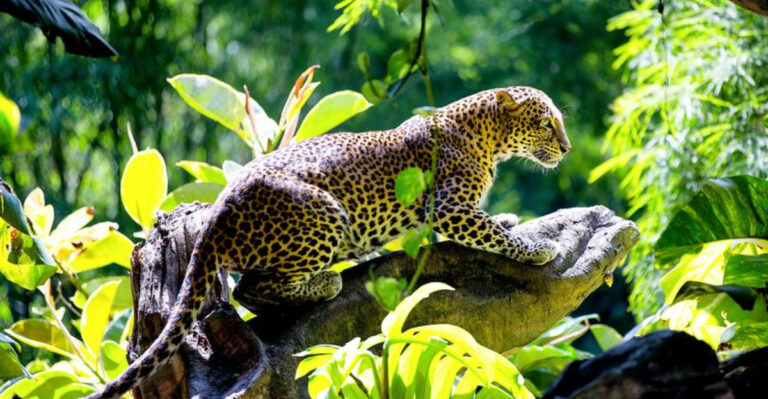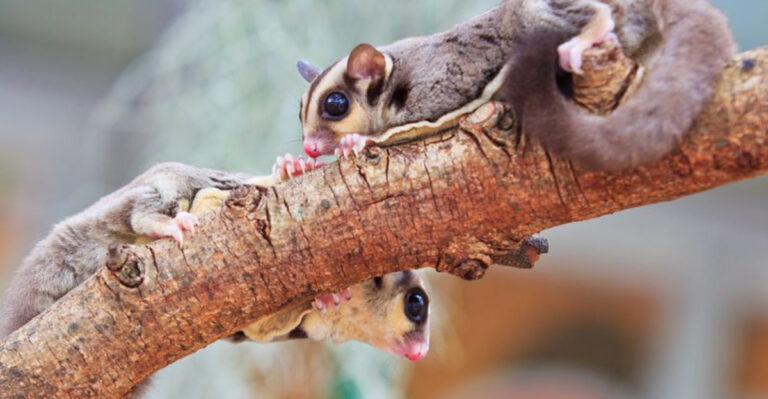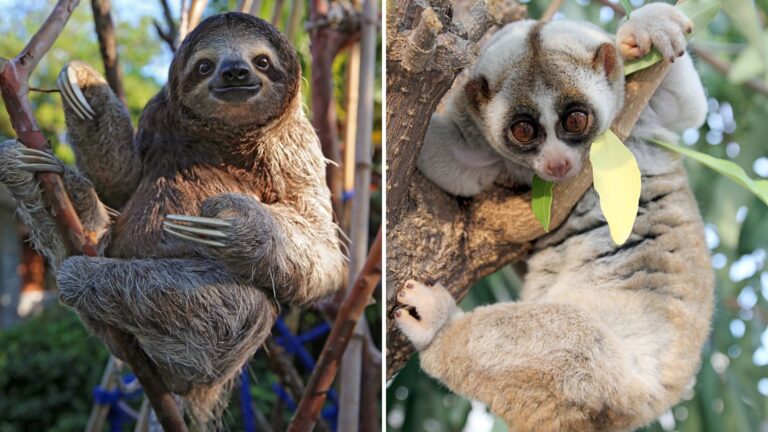Meet Montana’s Mighty Bullsnake: 15 Things You Should Know
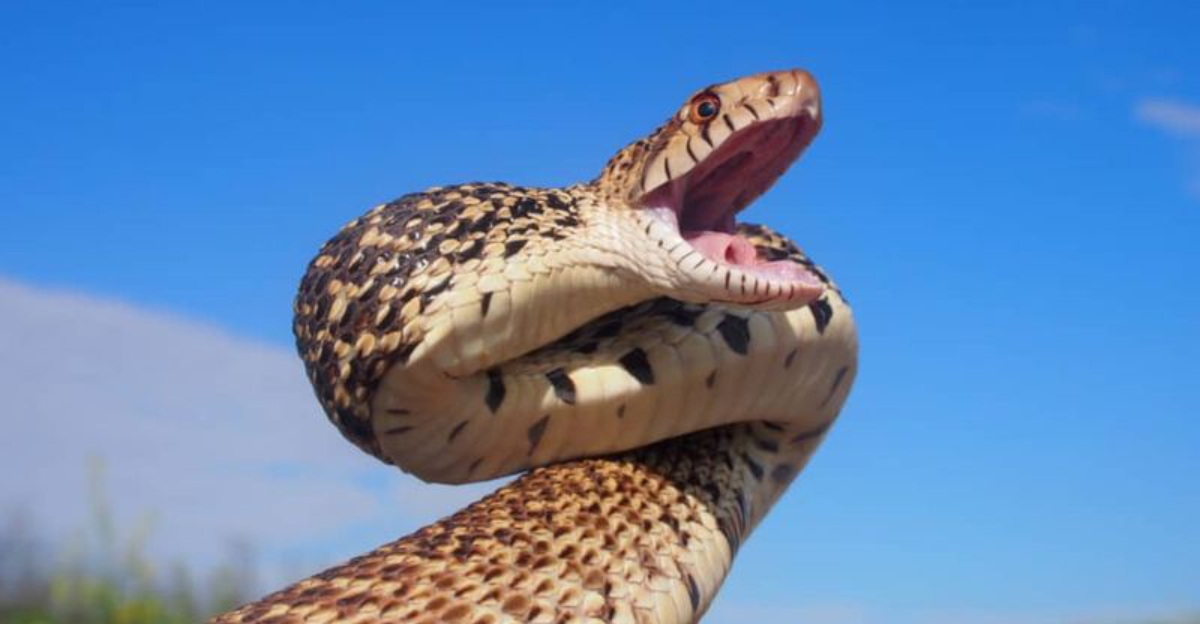
Ever spotted a snake stretching longer than your garden hose? Montana’s bullsnakes might just surprise you! These impressive reptiles play a crucial role in keeping rodent populations in check across the Treasure State.
While often feared due to their intimidating size and defensive behaviors, these non-venomous natives are actually helpful neighbors worth getting to know.
1. They’re One Of The Longest Snakes In Montana
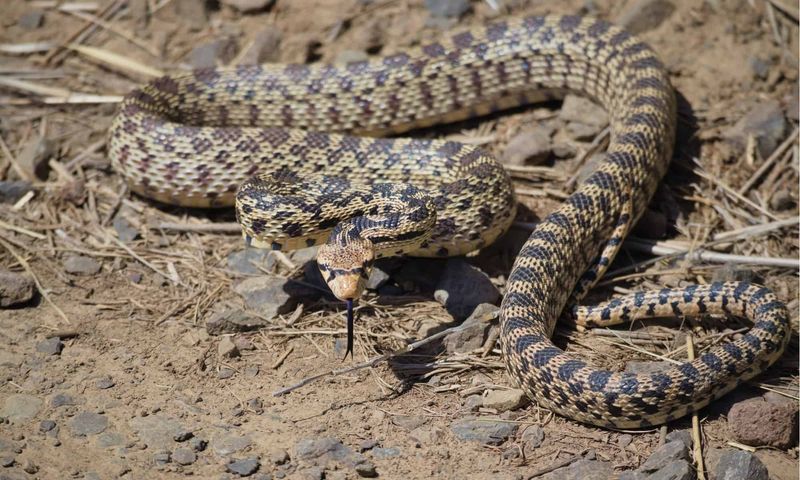
Stretching up to six feet long, bullsnakes dominate Montana’s serpent scene with their impressive length.
Only the western rattlesnake comes close in size comparison. When fully grown, these muscular constrictors can reach the thickness of a garden hose, making them quite the sight when crossing a hiking trail.
2. Not Venomous – Just Really Good At Pretending
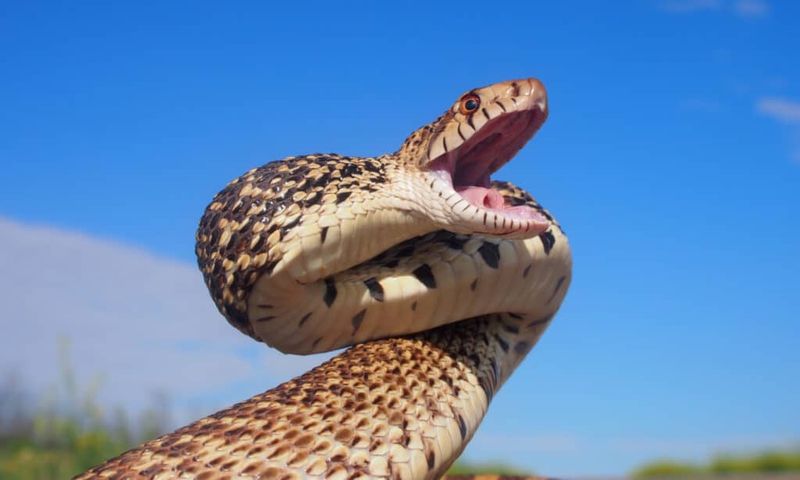
Contrary to fearful reactions they often trigger, bullsnakes pack zero venom in their bite. Their defensive bluff rivals Broadway performances – flattening their heads to mimic venomous species.
While their bite might hurt (those backward-curved teeth aren’t for show), you’ll need nothing more than soap and water for treatment.
3. Mimic Rattlesnakes To Scare Off Predators
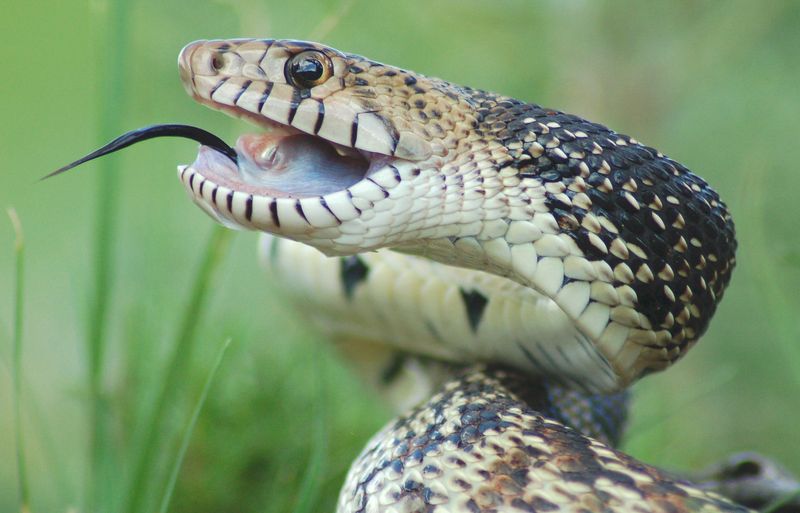
When threatened, bullsnakes perform an Oscar-worthy rattlesnake impression! They flatten their heads into a triangle shape and vibrate their tails against dry leaves.
The resulting sound remarkably resembles a rattlesnake’s warning. Even their body posture changes – coiling up and striking repeatedly with closed mouth to perfect the dangerous facade.
4. Hiss Loud Enough To Make You Jump
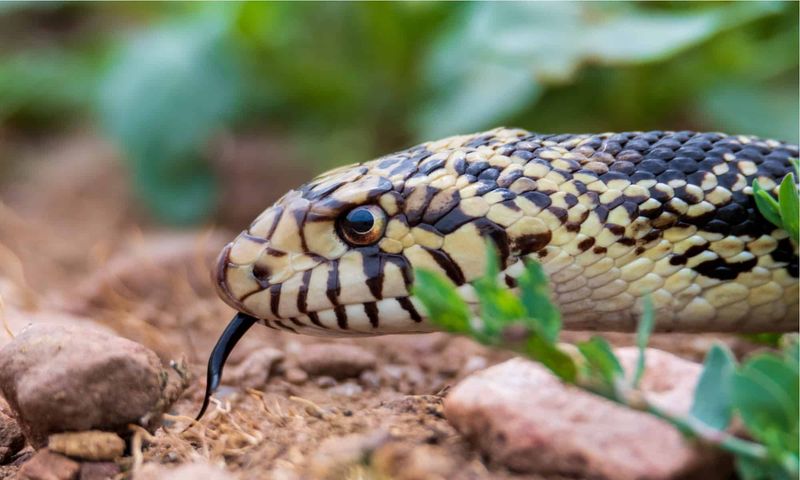
Bullsnakes possess a special adaptation that creates their infamous thunderous hiss. A specialized piece of cartilage in their respiratory tract vibrates when they forcefully exhale!
This eardrum-rattling sound works brilliantly to startle predators and humans alike. Some outdoor enthusiasts report hearing the dramatic hisses from several yards away.
5. Often Mistaken For Dangerous Snakes
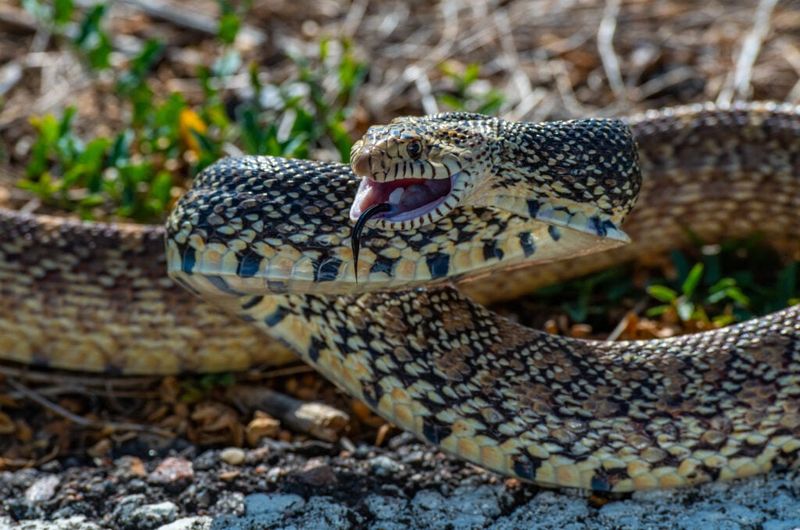
Their convincing rattlesnake costume leads to tragic misidentifications. The key difference? Look for a pointed tail without rattles.
Bullsnakes also sport rounder pupils compared to rattlesnakes’ cat-like vertical slits. Their heads remain more proportional to their bodies, despite attempts to flatten them when feeling threatened. These subtle differences save lives – both human and snake!
6. Help Control Rodent Populations Naturally
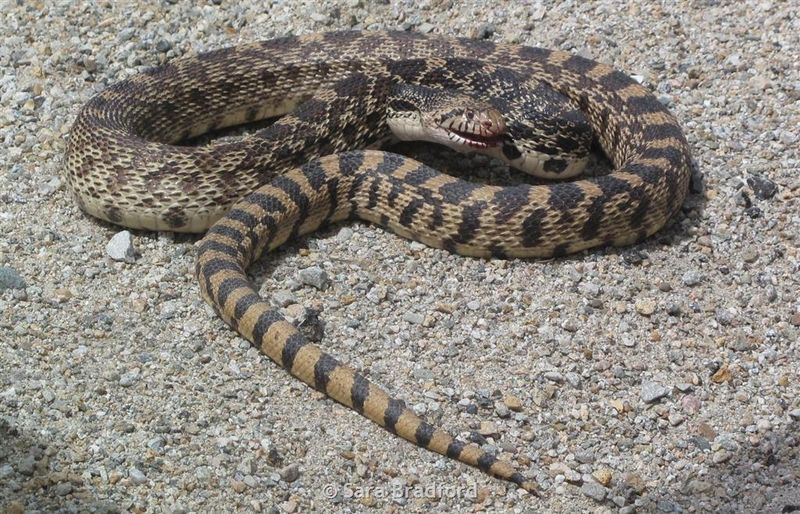
Nature’s pest controllers work tirelessly across Montana’s landscapes. A single bullsnake can devour dozens of mice and rats monthly!
Farmers often welcome these slithering allies who protect grain stores and crops. Their hunting technique combines ambush tactics with impressive speed, making them more effective than cats in controlling persistent rodent problems.
7. Known For Their Bold Attitude
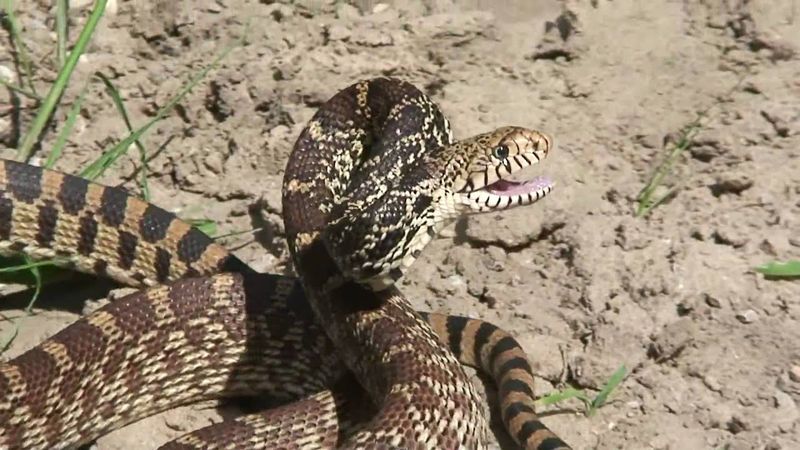
Fearlessness defines these serpents – they’ll stand their ground rather than slither away. When cornered, the dramatic display begins: loud hissing, mock strikes, and tail vibrations.
Unlike timid snake species, bullsnakes frequently traverse open areas even with humans nearby. This confident demeanor contributes to their survival but also increases human encounters across Montana’s landscapes.
8. Live In A Variety Of Montana Habitats
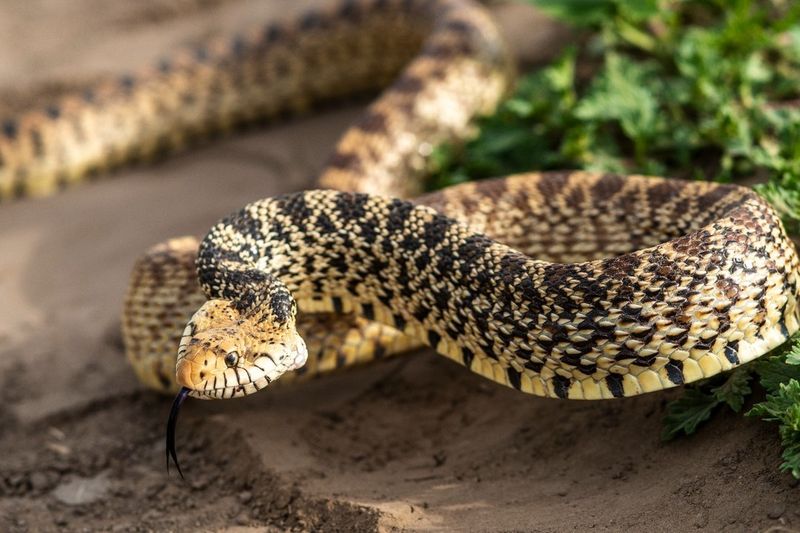
From eastern prairie grasslands to western pine forests, these adaptable reptiles thrive throughout Montana. You’ll spot them sunning on rocks in sagebrush country or hunting near agricultural fields.
Their preferred real estate includes rocky outcroppings with south-facing exposure for morning sunbathing. Underground burrows – often “borrowed” from ground squirrels – provide essential shelter during extreme weather.
9. Excellent Climbers And Burrowers
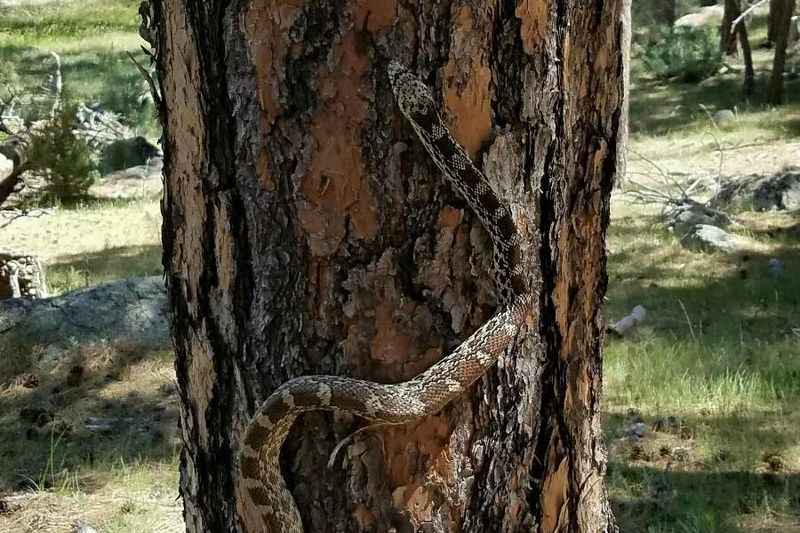
Surprise! Despite their substantial size, bullsnakes scale trees with surprising agility when hunting bird eggs. Their muscular bodies power through loose soil when creating winter dens or pursuing underground prey.
This dual talent for climbing and digging makes them versatile hunters. Montana hikers occasionally spot them several feet up in ponderosa pines or disappearing headfirst into abandoned rodent tunnels.
10. Active Mostly During The Day
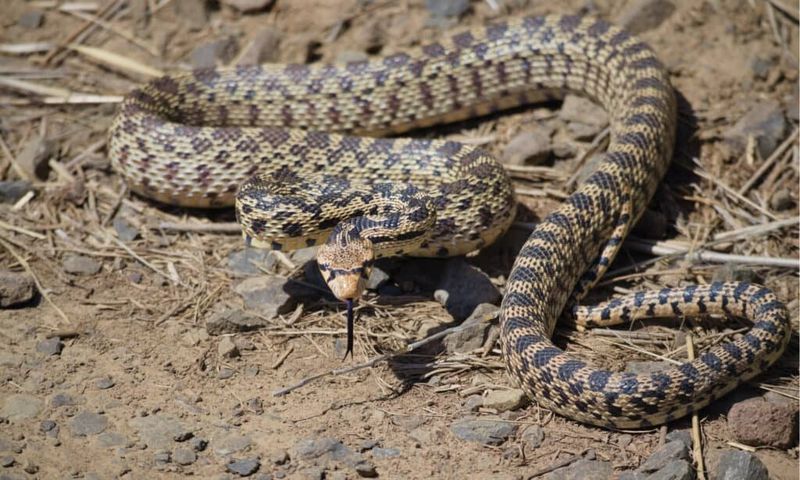
Early risers with the sun, bullsnakes maximize hunting during daylight hours when rodents are active. Their peak activity occurs during warm spring and summer mornings.
During scorching midday heat, they’ll seek shade under rocks or vegetation. Unlike nocturnal snake species, their excellent vision serves them well for daytime hunting, though they rely primarily on smell to track prey.
11. Hibernate In Groups During Winter
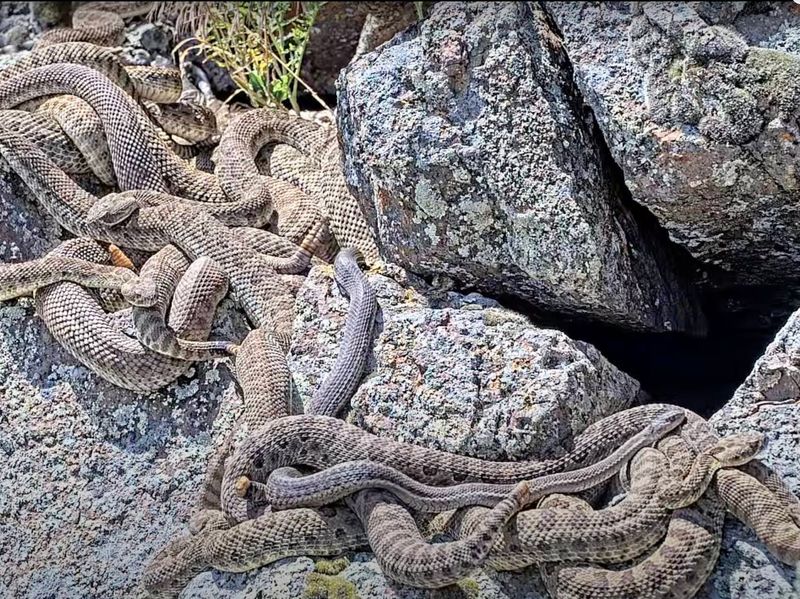
Winter survival strategy? Cuddle parties! Bullsnakes gather in communal dens below the frost line when temperatures drop.
These hibernation spots, called hibernacula, often house multiple snake species together. The shared body heat helps everyone survive Montana’s harsh winters. These same dens get reused for generations, with snakes traveling up to two miles to reach their traditional winter homes.
12. Lay Large Clutches Of Eggs In Summer
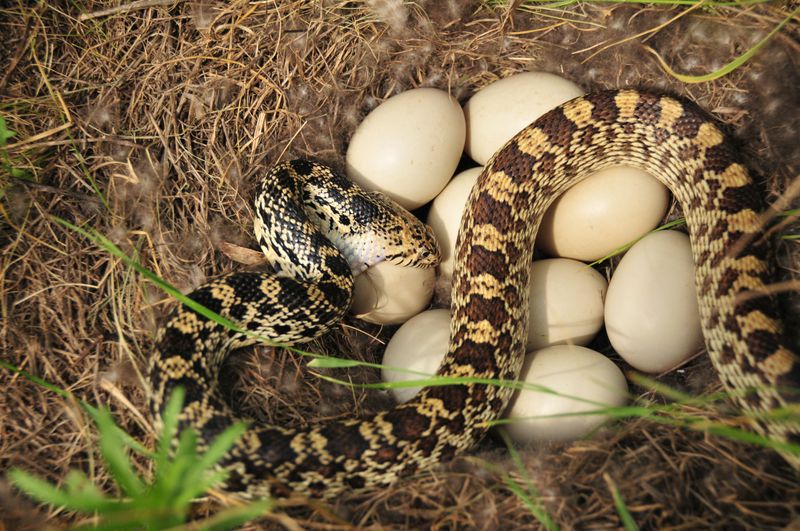
Female bullsnakes win Montana’s reptile fertility contest by laying clutches of 3-24 leathery eggs in summer. Abandoned rodent burrows make perfect nurseries for these precious packages.
Mother snakes don’t stick around for babysitting duty. After covering the eggs with soil, they’re on their own! Baby bullsnakes emerge fully independent after about two months, already equipped with hunting skills.
13. Can Live Over Twenty Years In The Wild
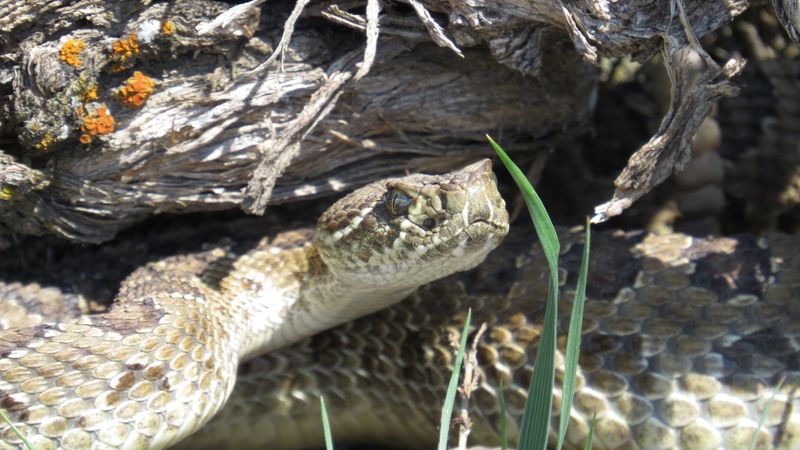
Talk about longevity champions! With proper habitat and a bit of luck avoiding predators, bullsnakes can celebrate their 20th birthday in the wild.
This impressive lifespan exceeds most Montana reptiles. Their survival secrets include excellent predator avoidance strategies and adaptability to changing environments. Captive specimens have reached nearly 30 years when provided optimal care!
14. Usually Avoid Humans When Possible
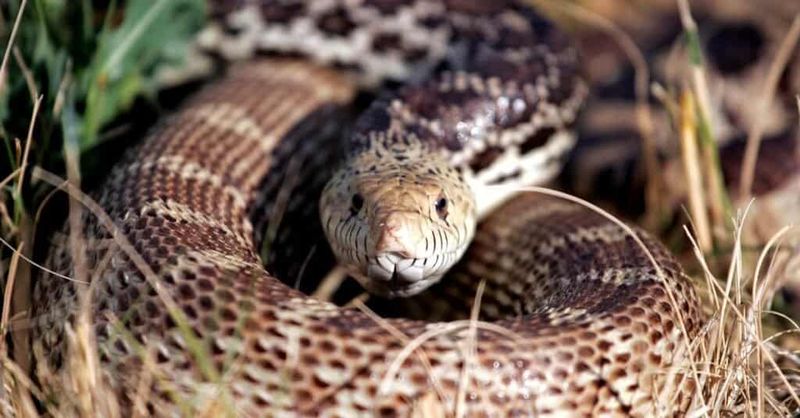
First choice for bullsnakes when spotting humans? Disappear quickly! Their preference for avoiding confrontation contradicts their fierce defensive display when cornered.
These reptiles would rather slip away unnoticed through grass or rocks. Their excellent vibration sensitivity alerts them to approaching footsteps long before you spot them, explaining why many Montana residents rarely encounter these common snakes.
15. A Vital Role In Montana’s Ecosystem
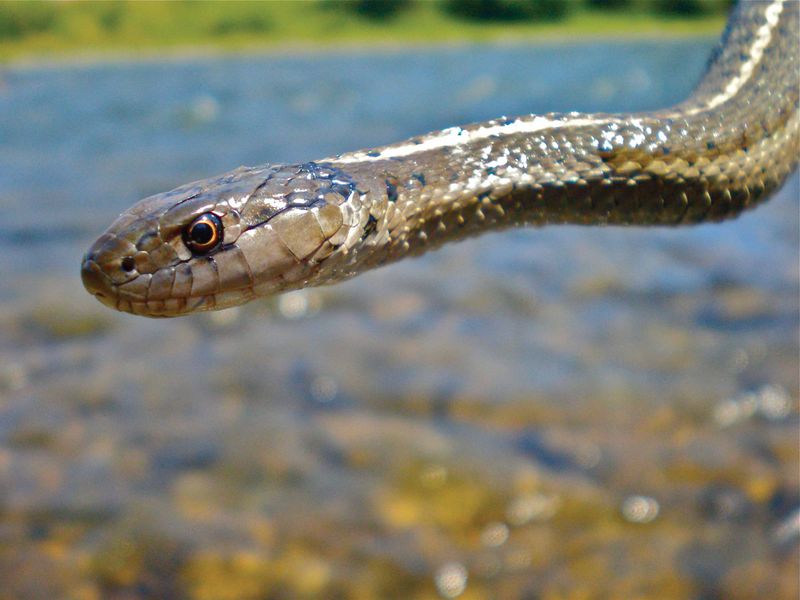
Ecological superheroes without capes, bullsnakes maintain nature’s delicate balance. Beyond controlling rodents, they serve as prey for hawks, coyotes, and badgers.
Their presence indicates a healthy ecosystem with proper predator-prey relationships. Without these efficient hunters, rodent populations would explode, causing agricultural damage and increasing disease spread. Montana’s food web depends on their silent service.



